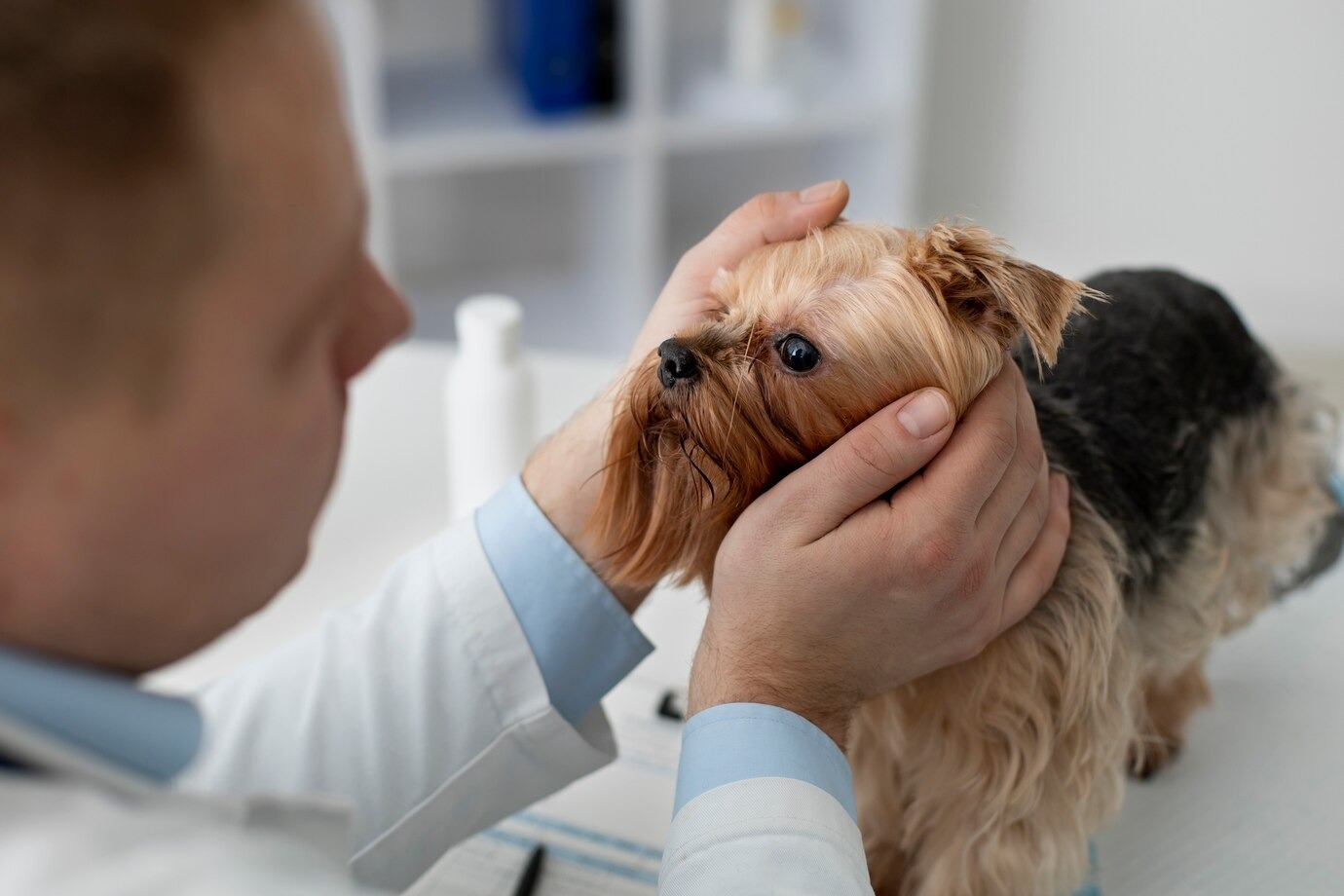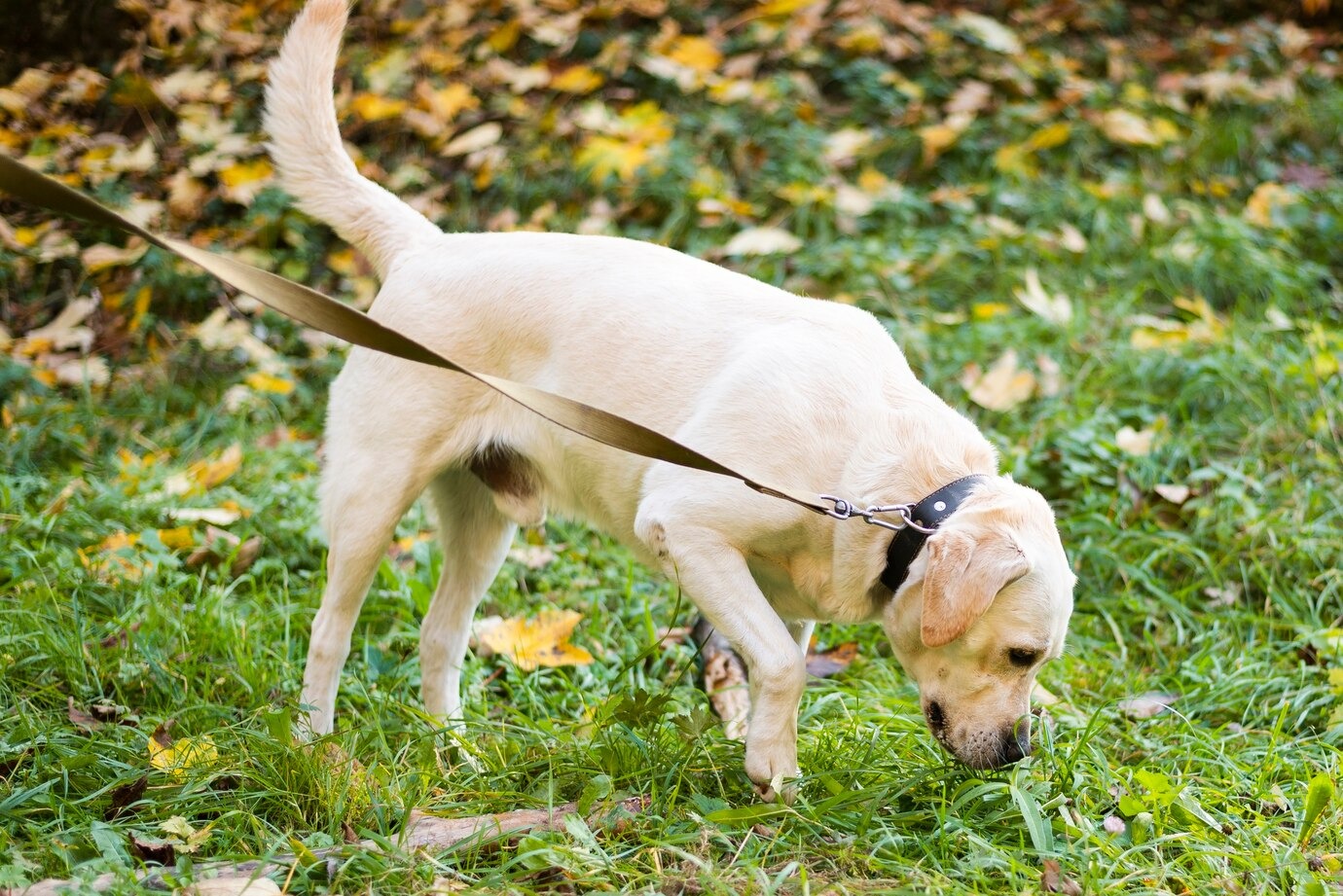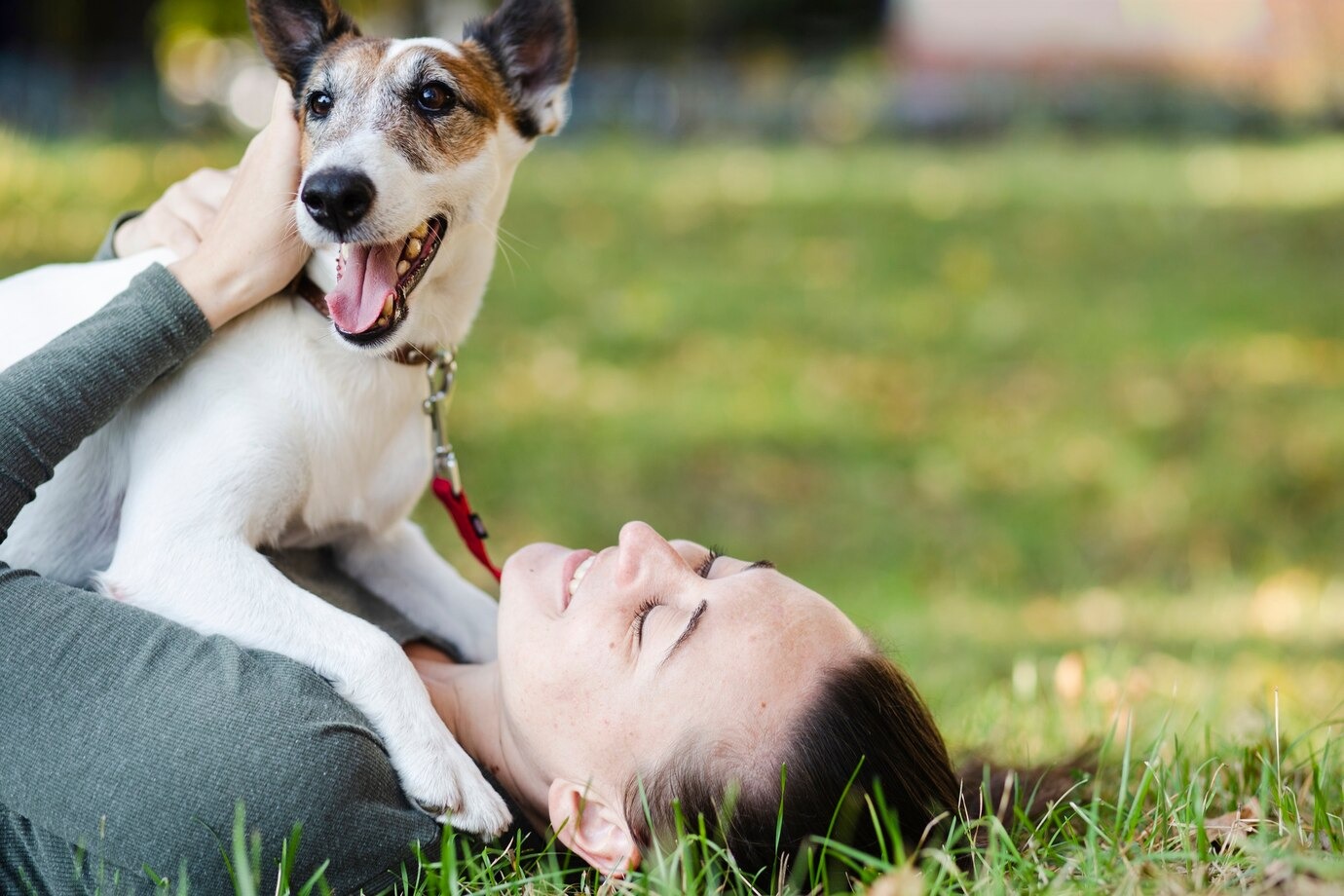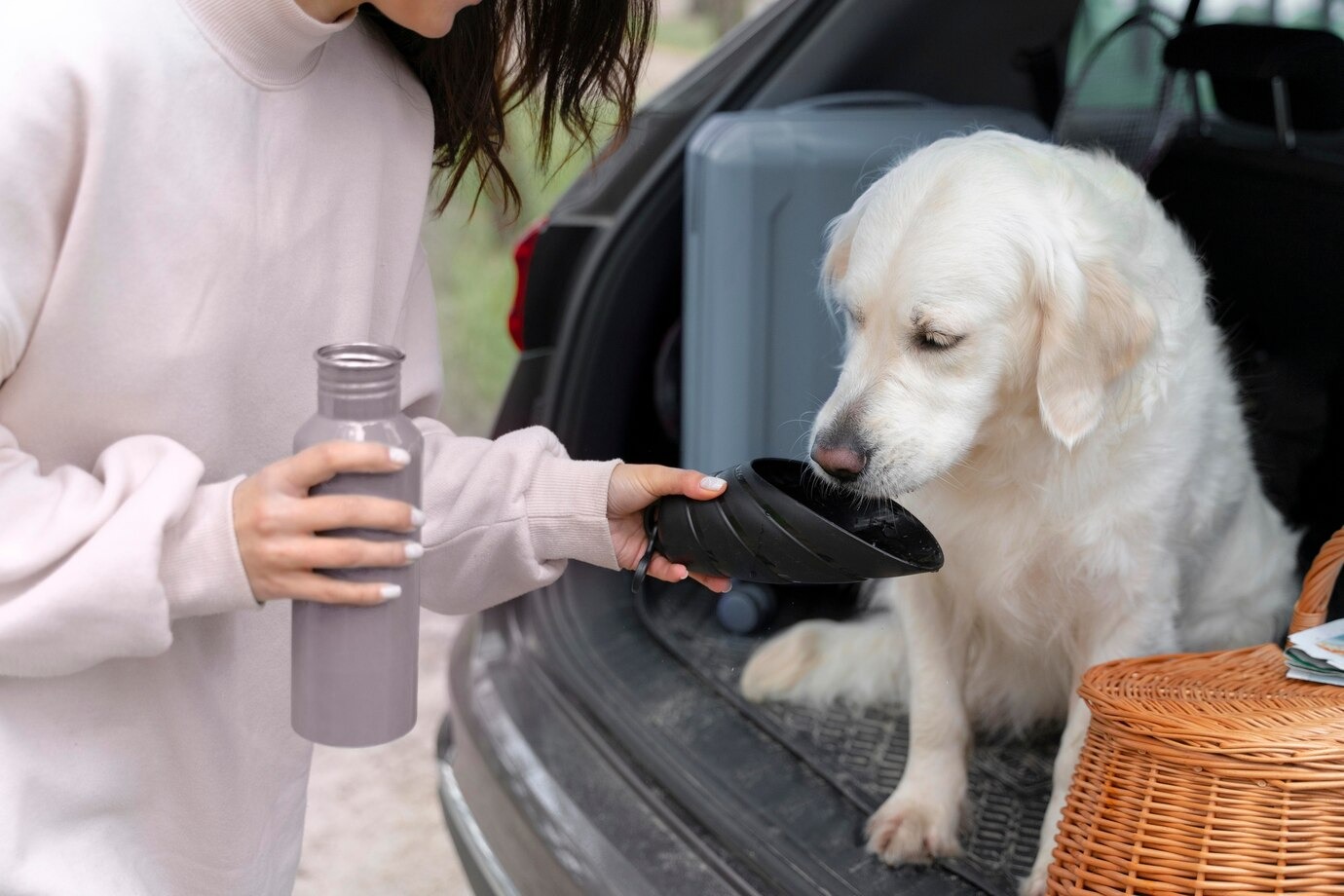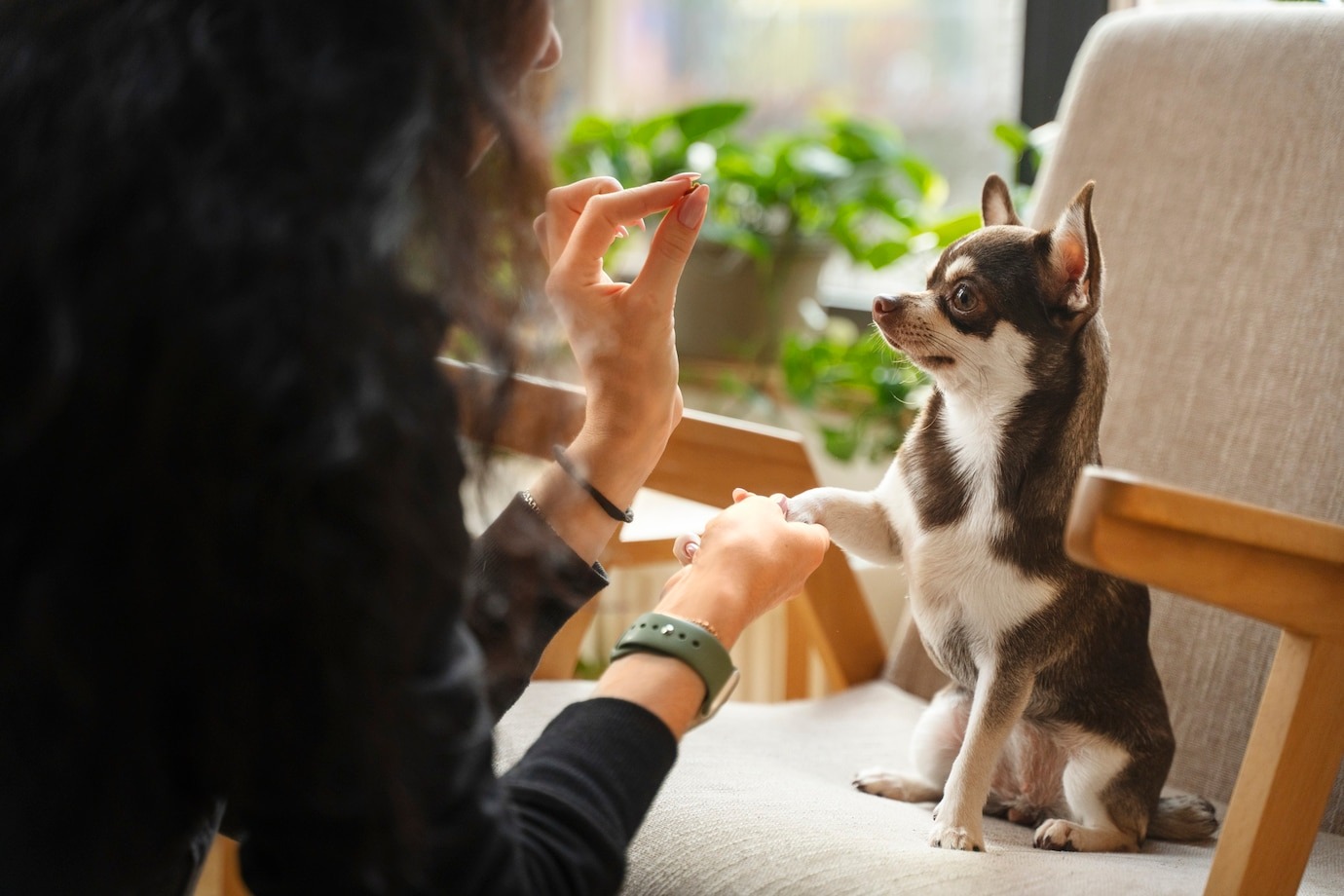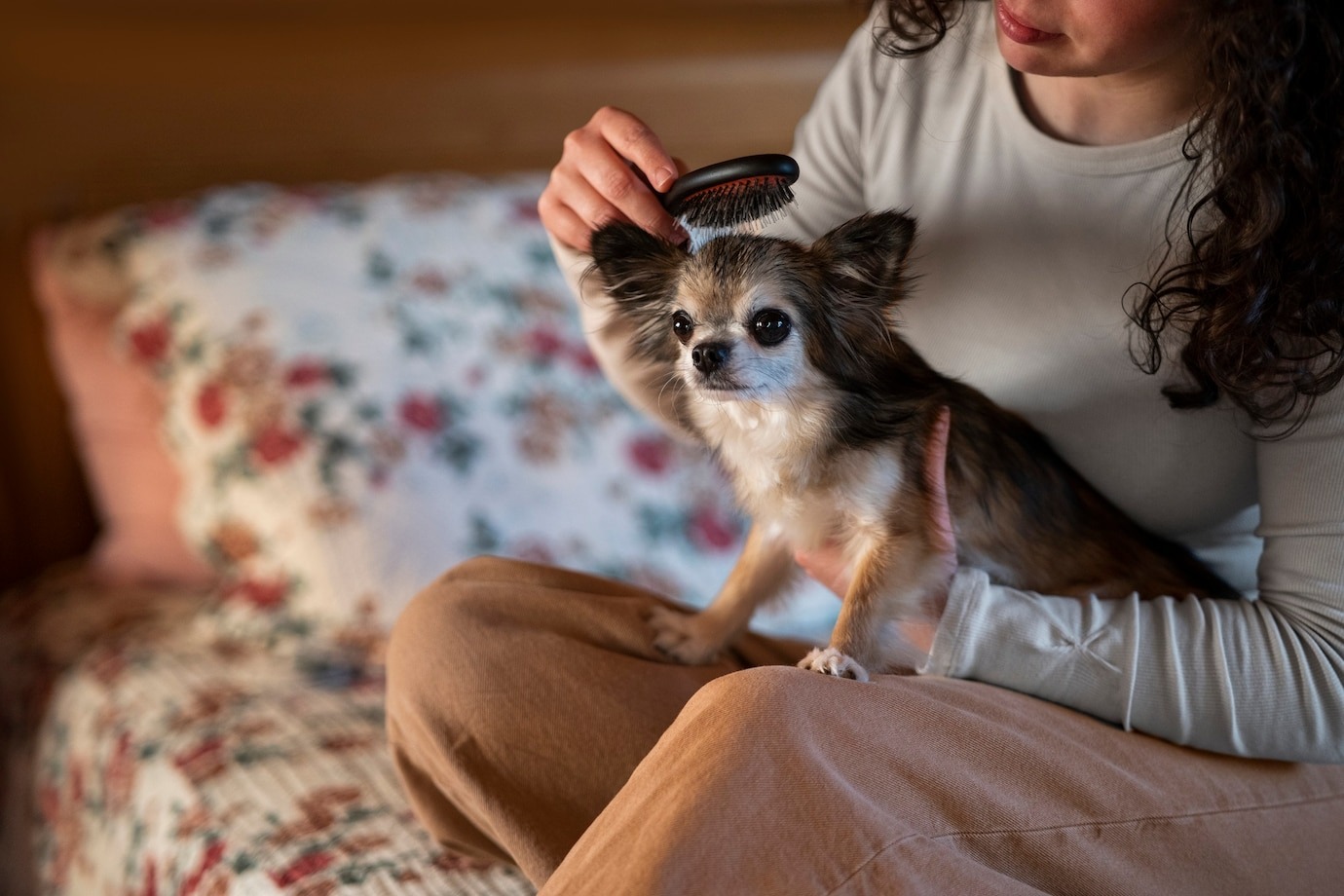They say that the eyes are the windows to the soul. When it comes to dogs, that may be true in more ways than one. A dog’s eyes reflect not only their mood and personality but are also a strong indicator of their overall health. Bright, clear eyes in dogs are often a sign of vitality, while dull, red, or cloudy eyes could be a subtle signal that something is amiss. It also indicates the overall dog's eye health.
In this blog post, we will dig into what healthy eyes should look like, read about common signs of eye problems in dogs, and learn what you can do to keep those puppy eyes shining.
What Do Healthy Dog Eyes Look Like?
Before you can identify a problem, you have to know what’s normal. Healthy dog eyes are:
- Bright and clear: The whites of the eyes (sclera) should be white, not bloodshot or discolored.
- Free from discharge: A crust of sleep in the morning is normal, but persistent discharge, especially yellow or green discharge, may signify an infection.
- Moist, but not watery: Enough tears should be produced to keep the eyes moist, but not so much that they’re constantly watering. Excessive tearing can be a sign that there is a problem.
- Even pupils: The pupils should be equal in size and responsive to light.
- No cloudiness: Your dog’s cornea has to be crystal clear. “A cloudy or bluish eye” may be an indication of cataracts or other age-related conditions.
5 Common Eye Issues in Dogs
Eye problems in dogs can vary from mild irritations to severe infections or diseases. Some common problems include:
1. Conjunctivitis (Pink Eye)
If the whites of your dog’s eyes are red, swollen, and exuding a goopy discharge, he or she has conjunctivitis. It can be caused by bacteria, allergies, irritants, or even trauma. It is typically treatable with veterinary attention and medication.
2. Cataracts
Cloudy eyes may signal cataracts, which are common in older dogs. This condition makes the lens of the eye opaque, resulting in impairment of vision and blindness. Surgery may be possible in certain cases, but routine screenings are essential for early detection.
3. Keratoconjunctivitis Sicca (Dry Eye)
This condition happens when a dog’s tear glands are not producing enough moisture. If left untreated, it can cause irritation, infection, and even damage to the eye surface. Common signs include redness, constant blinking, or thick discharge.
4. Cherry Eye
Certain dog breeds are more prone to it than others: Bulldogs and Cocker Spaniels are susceptible to a condition called “cherry eye,” in which a gland in the third eyelid swells up and becomes visible. It is generally not painful but does need veterinary care, sometimes surgery.
5. Glaucoma
This serious condition occurs when pressure inside the eye increases, damaging the optic nerve and possibly causing blindness if not treated quickly. Common symptoms include bulging eyes, cloudy corneas, or vision loss. Glaucoma is a medical emergency in dogs.
Other Important Links-
https://www.justiceforleia.com/blog/common-diseases-in-dog/
https://www.justiceforleia.com/blog/losing-your-beloved-dog-due-to-the-lack-of-proper-dog-care-awareness-is-the-key/
What Your Dog’s Eyes Can Tell You About Their General Health
Whether you believe it or not, you’ll sometimes hear about dog eye health being connected to what’s happening in their overall body. Such conditions include diabetes, hypertension, autoimmune diseases, and even certain cancers, which can present symptoms in the eyes first. For example:
- Diabetes can result in cataracts.
- High blood pressure can lead to retinal damage or bleeding in the eyes.
- Autoimmune diseases might cause inflammation and redness.
That is why routine eye checks are crucial health examinations.
Tips for Maintaining Bright and Healthy Eyes in Your Dog
You can help safeguard your dog’s vision and comfort with a few easy practices:
- Routine vet checkups: Annual visits help catch problems early; important for senior dogs.
- Keep the hair trimmed: If your dog has long facial hair, keeping the area around the eyes trimmed can help with irritation.
- Wipe gently: Wipe the area with a clean, damp cloth or pet-safe wipe to remove debris or crust from around the eyes.
- Protect their eyes: When driving with your dog, keep their head inside of the car to avoid dust and debris getting into their eyes.
- Watch for changes: Redness, discharge, cloudiness, squinting, or excessive pawing at the eyes means it’s time to contact the vet.
Need help to understand your dog's eye health? Reach out to a trusted veterinarian. After all, your dog’s eyes can’t talk but they can tell you a lot about their health!

